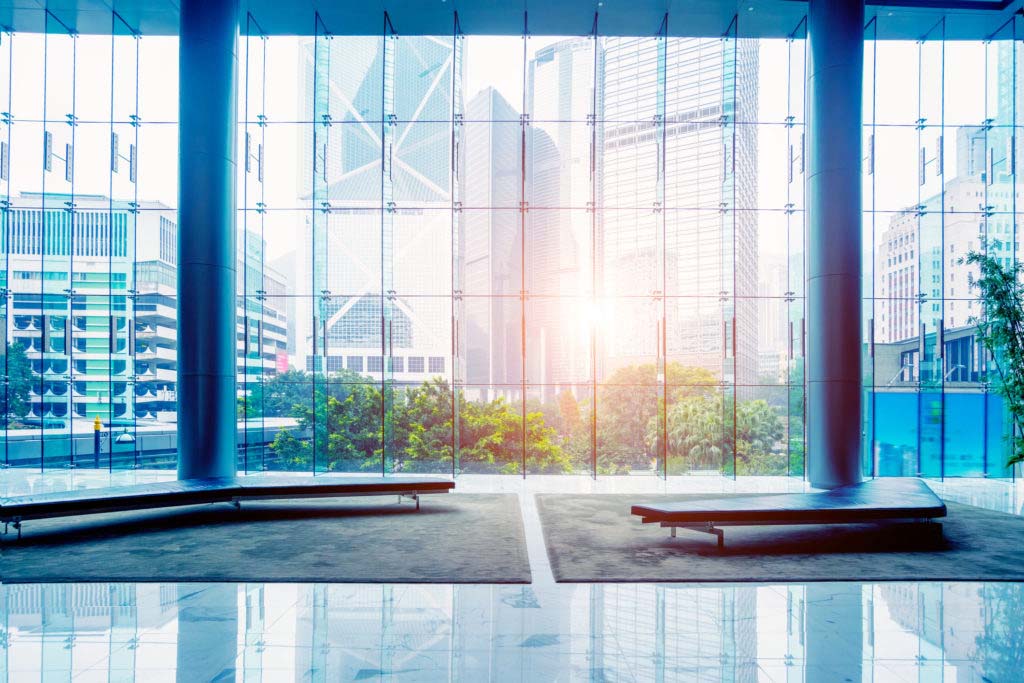Windows and siding are crucial elements in a building’s exterior, offering both aesthetic appeal and functional benefits. Windows allow natural light to fill a space, connect with the outdoors, and enhance energy efficiency when properly selected and installed. Conversely, siding provides insulation, a weather-tight barrier, and enhances a home’s overall curb appeal. Windows and Siding Outlet offers helpful tools and products to guarantee the best possible performance and style for anyone looking for various options and professional guidance on these essential components. These elements contribute significantly to a building’s durability, energy performance, and visual appeal, making them crucial considerations in any construction or renovation project.
Types of Windows: What You Need to Know
Windows come in various styles and materials, each offering unique benefits. Common types include double-hung, casement, sliding, and bay windows. Materials range from vinyl and wood to aluminum and fiberglass. Each option has benefits and drawbacks, so it’s critical to choose according to your needs. Remembering their distinctions can make it easier to select one that meets your requirements in terms of cost, aesthetics, and usefulness.
Double-Hung Windows
Double-hung windows have many uses and are simple to maintain. They feature two vertically sliding sashes for excellent ventilation. They are ideal for air-efficient spaces like bedrooms and living rooms and have easy access to both sides of the glass.
Casement Windows
Casement windows, with a hinged side and crank opening, offer unobstructed views and superior ventilation. They catch and direct breezes, making them ideal for areas with high airflow.
Sliding Windows
Sliding windows are versatile and cost-effective. They offer extensive, unobstructed views and minimal hardware. They are ideal for rooms with limited space and are prevalent in modern homes and spaces with scenic landscapes.
Choosing the Right Siding: Aesthetic and Functional Considerations
Siding is more than just decorative; it protects your home from the elements. Popular options include vinyl, fiber cement, wood, and metal siding. Each material offers different benefits regarding durability, maintenance, and appearance. Selecting the right siding involves balancing your aesthetic preferences with your home’s functional requirements. For instance, homes in regions with harsh weather conditions may benefit from more durable siding materials.
Vinyl Siding
Vinyl siding is a cost-effective, low-maintenance option for homeowners due to its versatility, resistance to moisture and insects, and ability to mimic natural materials like wood.
Fiber Cement Siding
Fiber cement siding is durable and attractive, mimicking wood’s appearance. It’s resistant to fire, termites, and rot, making it ideal for homes in these areas. Despite occasional painting, its low maintenance and long-term benefits make it popular.
Wood Siding
Wood siding offers a classic, natural look but requires more maintenance, including regular painting or staining to prevent weather damage. Its aesthetic appeal and customizable colors make it an eco-conscious choice for homeowners.
Additional Factors to Consider
- Climate: Choose materials that withstand local weather conditions. For example, areas with heavy rainfall might benefit from water-resistant materials, while regions with strong sunlight might need UV-resistant options.
- Budget: Balance initial cost with long-term benefits. Certain materials can save money over time because of their longevity and low maintenance needs, even though their original costs may be higher.
- Home Style: Ensure the windows and siding complement your home’s architectural style. Modern homes look best with sleek, minimalist windows and siding, while traditional homes benefit from classic designs and materials.
Energy Efficiency: Save Money and Stay Comfortable
Energy-efficient windows featuring low-emissivity glass, multiple panes, and argon gas fills can significantly reduce heating and cooling costs. Upgrading these windows can save homeowners up to $465 annually in energy costs. Eliminating breezes and outside noise helps improve the comfort level inside. To evaluate energy efficiency, consider the window’s U-factor and Solar Heat Gain Coefficient (SHGC), which measure insulation and heat blockage. Lower U-factors and SHGC values indicate better energy performance, ensuring consistent indoor temperature year-round.
Installation and Maintenance
The functionality and lifespan of your siding and windows depend on proper installation. Hire a professional contractor with experience in the materials you’ve chosen. Regular maintenance will also prolong their lifespan. For example, clean your windows regularly and inspect your siding for damage, especially after severe weather. Using these maintenance suggestions, you can preserve the outside of your house and increase its lifespan.
Additionally, periodic inspections by a professional should be considered to identify any potential issues early. Addressing minor problems, like small cracks or loose panels, can prevent more extensive damage and costly repairs. In addition to maintaining your home’s aesthetic appeal, proper upkeep also protects its structural integrity and the safety of its residents.


